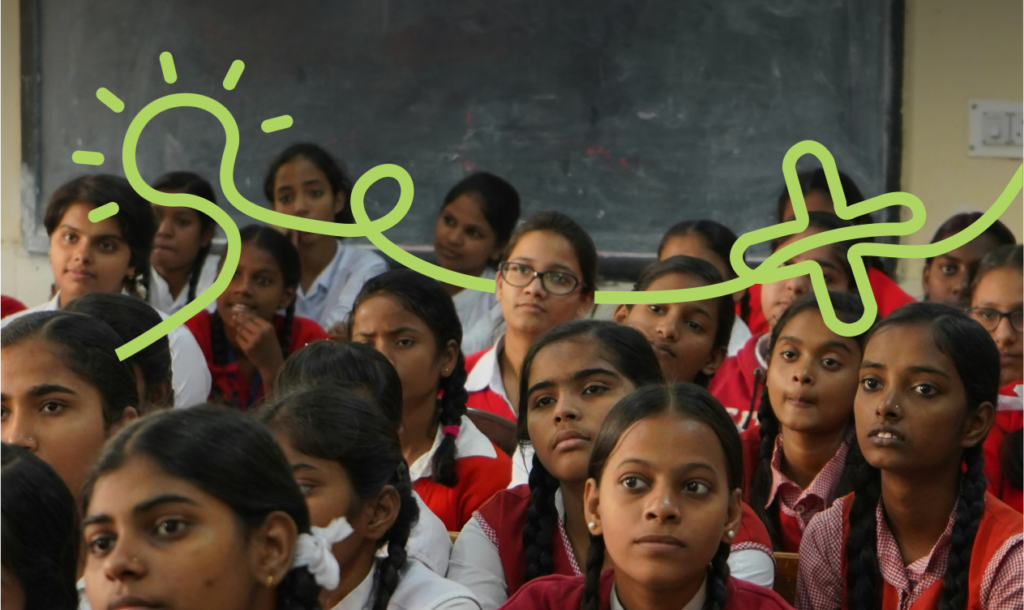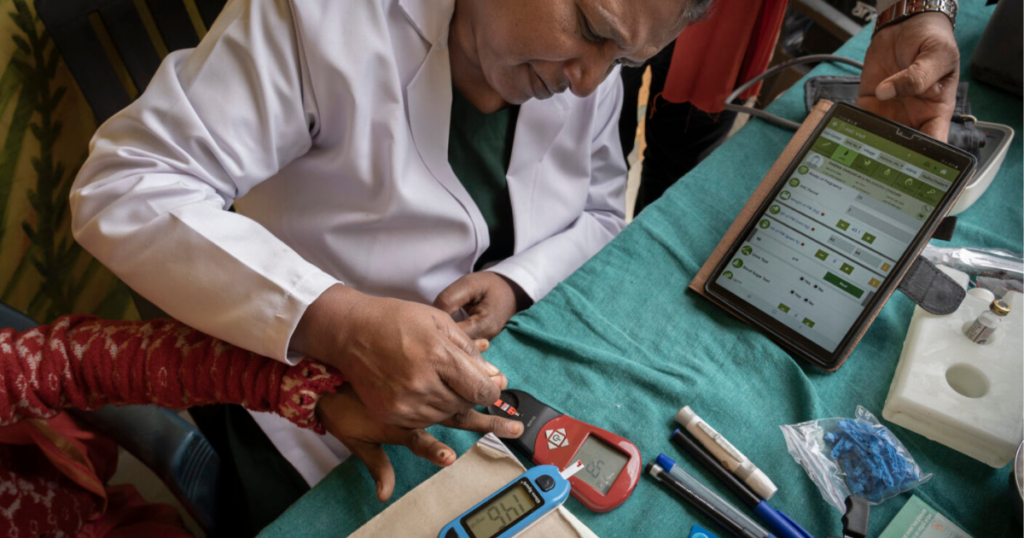The efforts of various organisations, the National Education Policy (NEP 2020) and the NIPUN Bharat directive have established the criticality of Foundational Literacy and Numeracy (FLN) in the long-term development of learners in terms of staying in school, improving higher order skills, earning decent livelihood, and having better social and health outcomes. Assessments play a key role in ensuring that FLN outcomes are measured and improved over time.
Assessments put a spotlight on the learning levels and inform course corrections for better learning trajectories of the child. They do so by creating awareness about poor learning levels among different stakeholders, help identify the needs of the child, indicate the changes in pedagogy and classroom management, call for better governance and help make key funding decisions for achievement of learning outcomes. As India moves towards its goal for achieving universal Foundational Literacy and Numeracy by 2026, assessments would play a major part.
State of learning assessments in India
Over the last two decades, four types of assessments have been used to measure learning outcomes in India. These comprise the following:
- International Assessments
- National/Sub-National assessments
- Community/Household Assessments
- School-based assessments
Through International assessments, India’s standing on learning outcomes can be quantified in comparison to other countries. Tools created at the National level on the other hand, provide a view of the geographical trends in learning levels improvement as well as enable policy level decisions to be taken for learning improvement. These are implemented either in schools or community settings.
In order to create these tools as well as implement them at scale, various public actors like the Ministry of Education (MoE), the National Council for Education Research and Training (NCERT) and the Central Board of Secondary Education (CBSE) have been contributing overtime. Moreover, private stakeholders from the profit as well as non-profit spaces have enriched the assessment landscape. Institutes like ASER, JPAL, Ei and many more are enabling systemic reforms by strongly creating evidence on the need for robust assessments for FLN. These trends provide a boost to assessment creation and implementation.
Despite the presence of various forms of assessment though, the improvement of learning outcomes remains a gap. While several tools indicate the learning crises, the change in the learning levels is dismal. ASER 2022, for example has shown the following trends and these have been fairly similar over time.
- Only 48.2% learners from grade 5 in rural India are able to read grade 2 text.
- Only 25.6% learners from grade 5 in rural India are able to do basic division.
By reflecting on the reasons for the missing linkage between assessment and action, one can identify that while current assessments can be implemented at scale, and have stood the test of diversity; their focus on competencies remains a gap. Moreover, very few assessments focus on higher order skills which makes it difficult to measure learning progression and evaluate the impact of FLN on higher grades.
Challenges impeding the assessment landscape for achieving FLN outcomes
In order to actualise the connection between assessment and interventions, the Indian education system would need to navigate through two kinds of challenges. These manifest at the classroom-level and the system-level. The classroom level challenges include factors like lack of various kinds of assessment tools, quality of assessments as well as the teacher’s capacity to link assessment data to classroom planning. As important it is to deal with these micro-elements, systemic challenges of governance and accountability, barriers in implementing tech-solutions in assessment and poor budget allocations for assessments are also factors that the education ecosystem stakeholders need to deal with.
Use Cases: Assessment tools in FLN
Among existing assessment tools across various domains in foundational literacy and numeracy, some focus on specific age-groups, for instance IDELA for early learning assessments, or specific populations such as the Assessment for All (AFA) tool which focuses on FLN skills measurement for children with disabilities.
The primer helps understand the criticality of assessments, the Indian landscape for assessments and points out specific challenge areas that impede the linkage between FLN assessments and achievement of learning outcomes and a few case studies that can be leveraged for further planning.
Authors: Sukhada Ghosalkar and Shruti Hinge




